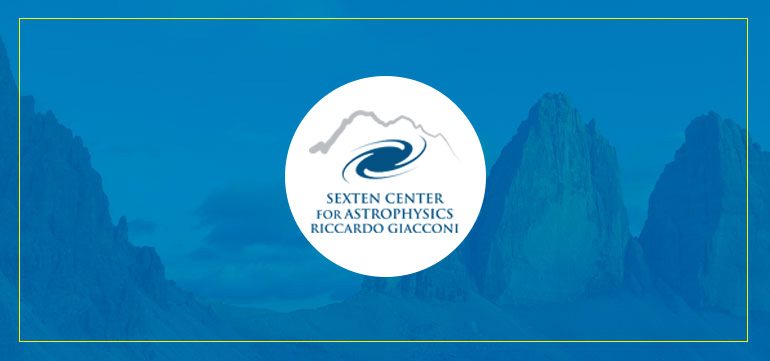
Behind the curtain of dust – the molecular view of activity in (U)LIRGs
LOCATION: Sport & Kurhotel at Bad Moos - Via Val Fiscalina 27, 39030, Sexten
DETAILS
Short background
Luminous- and Ultraluminous infrared galaxies (LIRGs/ULIRGs) are extreme examples of star-forming and/or AGN-driven galaxies where the infrared output is powered by dust absorption and re-emission of photons originating in bursts of star formation – or from dust-enshrouded black hole accretion. These galaxies evolve rapidly and are the focus of intense study – in particular at mm and submm wavelengths, where radiation penetrates the thick layers of gas and dust to reveal the extreme physical conditions in the circumnuclear regions of (U)LIRGs. It is still unclear how the detailed properties of (U)LIRGs differ from those of normal galaxies. Questions include the relative importance of AGNs and starbursts – and if their properties and evolutionary status (and path) differ from those of non-LIRGs? Do molecules and dust play a more fundamental role in feedback mechanisms in (U)LIRGs and how do the molecular cloud properties impact galaxy evolution?
With the advent of new infrastructure such as ALMA and recent development of theory and models – astrochemical techniques are emerging as new diagnostic tools for identifying activity, its evolutionary status and therefore a better understanding of the (U)LIRG phenomenon. The great improvement in sensitivity and resolution also enables the use of new tracers of physical conditions and dynamics.
With this workshop we aim to bring together leading theorists and observers in this field to focus on the questions of what powers (U)LIRGs, what is their evolutionary role in relation to normal galaxies and how can we use the new observational and theoretical tools to unlock their secrets.
RELATED FILES
No files available yet.
FEE
To be defined
WORKSHOP CODE FOR BUS AND PAYMENT
ORGANIZERS
Organisers
S. Aalto (Chalmers, Sweden), S. Viti (UCL, UK), S. Garcia-Burillo (OAN, Spain), D. Meier (New Mexico Tech, USA), P. van der Werf (Leiden, The Netherlands) , M. Spaans (Kapteyn, The Netherlands), C. Henkel (MPIfR, Germany), F. Costagliola (IAA, Spain), F. Combes (Observatoire de Paris, France), J. Cernicharo (CSIC, Spain), S. Muller (OSO, Sweden), S. Martin (IRAM, France), G. Fuller (Manchester, UK).
Contact
Susanne Aalto, Professor Department of Earth and Space Sciences Onsala Observatory Chalmers University of Technology SE- 439 92 Onsala
